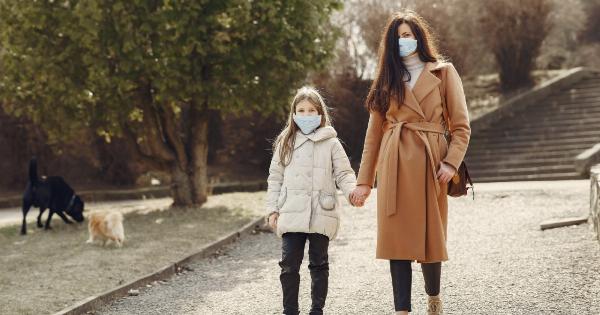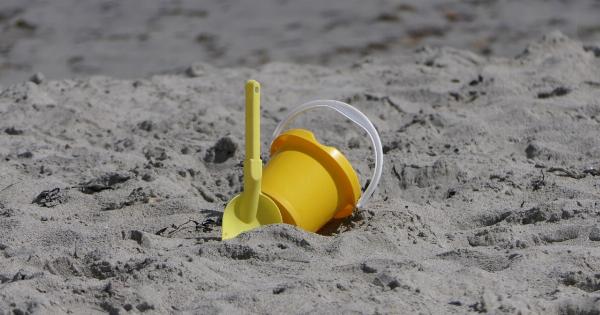Winter is here, and so is the cold and flu season. The common cold and flu are both viral infections that affect millions of people each year, creating widespread illness and distress.
They are caused by different viruses, but both can cause a variety of symptoms that may include a sore throat, cough, fever, congestion, and runny nose. The rhinosinuses, or the nasal cavities and sinuses, are areas that are commonly affected by cold and flu viruses.
Understanding the symptoms of these illnesses and their effects on the rhinosinuses can help you manage and treat your illness more effectively.
What Are the Rhinosinuses?
The rhinosinuses are the hollow spaces behind the nose and eyes that are connected to the nasal cavity. The rhinosinuses include the frontal, ethmoid, sphenoid, and maxillary sinuses.
These sinuses are lined with mucous membranes that produce fluid to help trap and clear pollutants, bacteria, and viruses that enter the nasal cavity. The rhinosinuses play an important role in the immune system, as they help to filter out harmful particles and protect the body from illness.
How Do Cold and Flu Viruses Affect the Rhinosinuses?
Cold and flu viruses are spread through coughing, sneezing, and close contact with infected individuals. When these viruses enter the body, they can infect the cells of the respiratory system, including those in the rhinosinuses.
The immune system responds to the infection by releasing inflammatory chemicals that cause the mucous membranes in the rhinosinuses to become inflamed, swollen, and produce extra mucus. This can lead to symptoms like congestion, runny nose, and facial pressure or pain, as well as a headache and reduced sense of smell and taste.
How to Treat Cold and Flu Symptoms in the Rhinosinuses
If you are experiencing cold or flu symptoms that are affecting your rhinosinuses, there are several treatments that can help to relieve your symptoms and improve your overall health. These may include:.
1. Rest and Hydration
Rest is important when you have a cold or flu, as it allows your body to focus its energy on fighting off the infection.
Drinking plenty of fluids, like water, tea, and broth, can help to keep you hydrated and loosen mucus in your rhinosinuses, making it easier to breathe.
2. Nasal Irrigation
Nasal irrigation, or flushing your nasal cavities with a saline solution, can help to clear mucus and relieve congestion in the rhinosinuses. This can be done with a neti pot or squeeze bottle, or with pre-mixed saline sprays or drops.
3. Decongestants
Decongestants can be taken orally or applied topically, and work by narrowing the blood vessels in the nasal passages to reduce swelling and congestion.
Over-the-counter decongestants may include pseudoephedrine, phenylephrine, and oxymetazoline, while topical decongestants may include oxymetazoline or phenylephrine nasal sprays.
4. Pain Relievers
Pain relievers, like acetaminophen or ibuprofen, can help to alleviate headaches, facial pain, and fever associated with cold and flu infections. These should be taken according to the recommended dosage and instructions on the package.
When to See a Doctor
While most cold and flu symptoms will resolve on their own with rest and self-care, there are certain situations where it may be necessary to see a doctor. These may include:.
- Symptoms that persist for more than 10 days
- High fever (above 102°F for adults and children over 3 months old)
- Chest pain or difficulty breathing
- Severe headache, ear pain, or swelling
- Confusion or disorientation
- Persistent vomiting or diarrhea
If you are experiencing any of these symptoms, it is important to seek medical attention as soon as possible.
Preventing Cold and Flu Symptoms in the Rhinosinuses
While it may not be possible to completely avoid cold and flu infections, there are several strategies that can help to reduce your risk and prevent the spread of these illnesses. These may include:.
- Washing your hands frequently with soap and warm water
- Avoiding close contact with sick individuals
- Staying home when you are sick
- Cleaning and disinfecting frequently touched surfaces, like doorknobs and light switches
- Getting an annual flu vaccine
Conclusion
Cold and flu infections are common during the winter months, and can have a significant impact on the health and quality of life of those affected.
Understanding the symptoms of these illnesses and how they affect the rhinosinuses can help you manage your symptoms and recover more quickly. By taking preventative measures to reduce your risk of infection and seeking medical attention when necessary, you can help to protect yourself and those around you from the spread of cold and flu viruses.





























